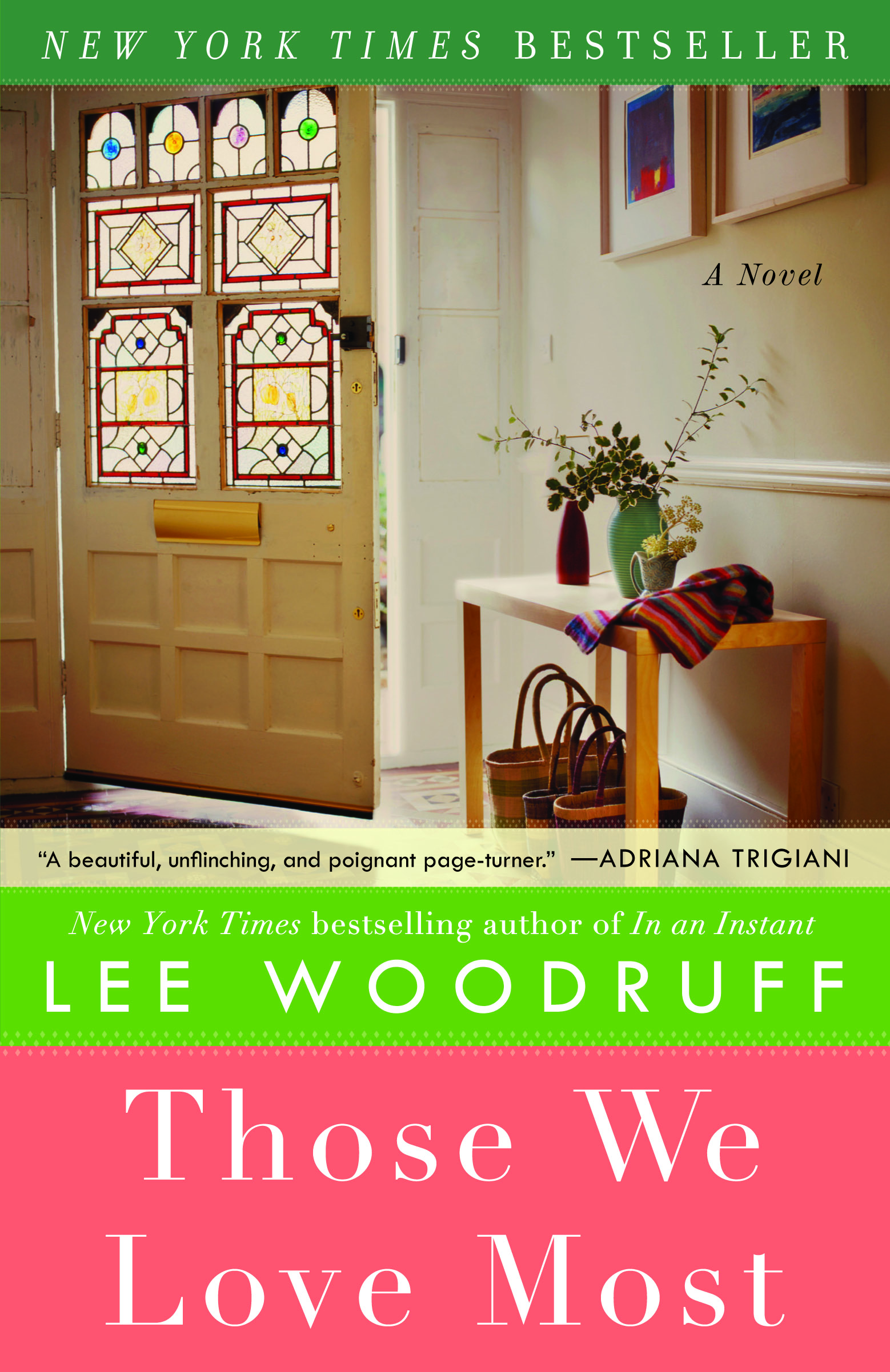GIVING THEM THE BIRD
Most folks are eagerly anticipating Thanksgiving, talking nostalgically about family recipes and pumpkin pie. But I just can’t get excited about the turkey. This is not simply because I have to prepare it. It’s because I hate turkey. Frankly, there must be a bunch of us, secret turkey subversives, who just nod and keep our faces even when folks salivate about the big bird on its sacred day.
If Ben Franklin had gotten his way, and the turkey had been selected as our national symbol, gracing coins and crests, maybe it would have been off limits as a food group. No one I’m aware of eats American eagle. But somehow the turkey has become the edible symbol of our most fundamental American holiday.
I’m daydreaming of assembling a holiday dinner this week that would be an all-inclusive, anti-turkey Thanksgiving. What could be more America in the 2000’s than a melting pot meal? A little sushi appetizer, some Chicken Tiki Masala (now practically the national dish of Great Britain), rice and beans… you get the picture. Shouldn’t we create something that better reflects the cuisine of our country’s present demographics rather than retreading what some starving immigrants trash picked one late November in Massachusetts?
Sure, go ahead and toss your recipes at me, your turkey deep fryer, your perfectly browned breast draped with bacon, your whole garlic clove in the cavity. You won’t convince me. These Band-Aids are the equivalent of throwing a little KY jelly (or better yet Zestra) at the real problem; beneath that sultry skin, turkey is a mostly dry bird. Even the alleged juicy brown drumstick mostly disappoints.
Maybe I dislike turkey because it’s the kissing cousin to chicken, which was forever ruined for me by my mother’s weekly skinless boneless breast dinners, incinerated and dehydrated under the broiler with a dab of margarine. And then, if I had any hope of reconciliation with chicken as an adult, it has been beaten out of me by the countless frozen breasts with fake tattooed BBQ stripes that rest on lumps of rice or lettuce at every ballroom event lunch, banquet or conference meal. Chicken is the go-to entre, the little black dress of mass meals.
But, look, you say, look at all the fab accompaniments there are for turkey! There are sauces and gravies, herbs and cranberry goop and citrus reductions. Save your breath. These only mask the issue, like feminine deodorant spray. Be honest, a basic slice off the breast is like chewing through gypsum board. The only possible way I enjoy turkey is a Thanksgiving leftover dark meat sandwich with fresh bread and lots of mayo (my husband would argue here for Miracle Whip.)
I don’t like picturing the farm to table journey of my bird. We Americans don’t fancy the idea of getting a gander at where our food really comes from. We’re more comfortable with the concept of shrink-wrap, dry aged, butchered cuts or ground meat. But with a turkey, you can’t avoid imagining the living animal, even though by the time it gets to you, it more resembles an open casket viewing. There it is, nude and embarrassed, hunched in forgiveness on your platter, minus a few extremities. A turkey on the table is so… whole…. so intact.
We all grew up with illustrations of hatchet-wielding pilgrims clomping around in those buckled shoes after the turkey. As a child I was scarred by the tale of my mother’s family cook in Arkansas who wrung the chicken’s neck bare handed or chopped it off on a block while the rest of it flopped around a few seconds longer before collapsing. I think of this image when I pull that old candy-cane neck out of the bird’s body cavity, where its been stuffed like some mafia message from “The Godfather.” And where do the feet go? What the hell happens to the feet? Do they get shipped to China where they are considered a delicacy? Forget I asked, I don’t want to know. And I don’t want to contemplate the image of mechanized plucking. Turkey feathers must be the poultry equivalent of a woman’s unwanted facial hair.
Rolling my cart down the grocery aisle during the holidays, I am both repelled and drawn to the jumbled cases of plastic wrapped white skinned turkeys of varying weights, their knees drawn up in a yoga child’s pose. They look like a horror version of those Anne Geddes photographs and greeting cards, the ones with the naked babies in groups or dressed as single flowers and ladybugs. Unlike the babies, the turkey skin has a mottled, bluish cast, all pimpled and dimpled. It’s when I reach into the case and see the tiny pool of blood in the packaging that I ask myself what’s wrong with stuffed shells for a change of pace? Why not honor the contribution of Italian Americans this Thanksgiving season? Anyone?
By most accounts, the turkey is a mean, ugly bird. And dumb as a stone. Maybe anything that dumb deserves to die. Evolution and natural selection haven’t helped it out any. We have a pack of wild turkeys in my suburban NY town that claimed the median of a highway strip as their “hang turf” last year. A hundred yards further and they could have had a nice little stretch of woodland to themselves. But no, these dimwits spent months playing chicken (pardon the pun) with the cars as they exited the interstate. About every other week there would be a mound of feathery road kill on the off-ramp. Honestly, any animal whose cry is “gobble gobble” is asking for trouble.
www.leewoodruff.com facebook.com/leemwoodruff twitter@LeeMWoodruff








 November 19, 2012
November 19, 2012
